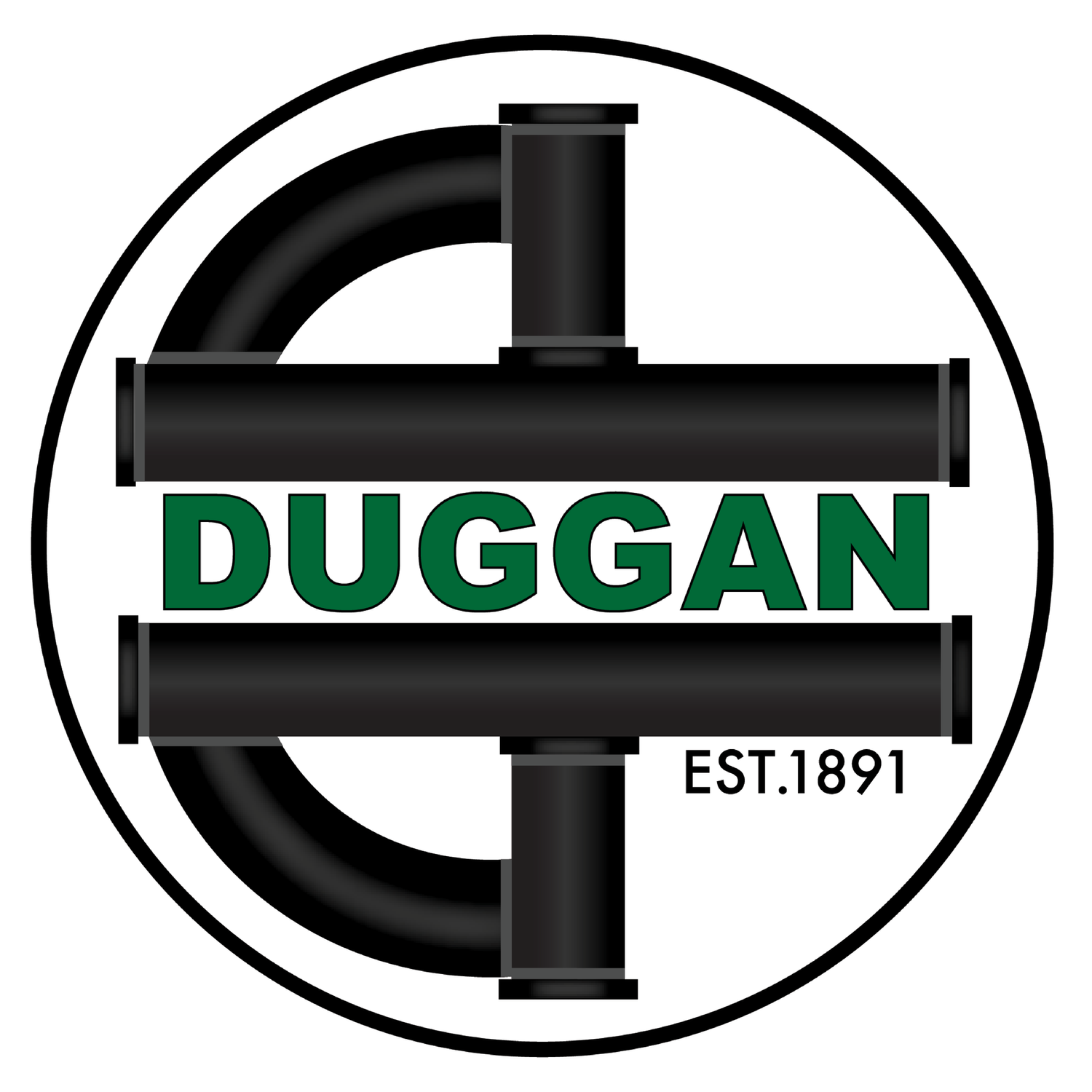How E.M. Duggan is Overcoming the Limitations of Technology
With new technology comes the ability to capture more information than ever before, allowing for increased automation and efficiency. But in the mechanical, electrical, and plumbing (MEP) fields, many third-party software programs and applications have limitations or don’t provide solutions specific to a particular company or specialization. As a result, the advantages of capturing all of that data can quickly disappear.
Jeff Elwell is the construction technology manager for E.M. Duggan Inc., a fifth-generation, family-owned business specializing in plumbing, HVAC, and fire protection in the Boston area. Elwell has been with the company for two-and-a-half years. In that time, he has helped the company successfully approach the challenge of utilizing the increasing amounts of data available with applications like Revit and AutoCAD and has created ways to rely less on these third-party applications to get things done.
Construction Technology Specialist Jesse Wong beta tests new tools in Revit. / photo courtesy of E.M. Duggan
Elwell and the E.M. Duggan team began by identifying their goals. They decided they wanted to take a more holistic approach to the way they executed each project. The biggest reason for this was to be able to create the products exactly as they, the designers, envisioned them to be, or as Elwell puts it, “We didn’t want to be changing so that we can use technology, but we wanted to be advancing because we’re using technology.”
That goal started the team on a journey to overcome the limitations presented by third-party software and tools by relying more on themselves. The result was, as Elwell explains, “a happy medium with having our own customization and our own proprietary software internally, along with using solutions that are already on the market that other people are building.”
Dana Griffith, BIM co-ordinator and educator, tests a new tool EMD is working on for the coordination department. / photo courtesy of E.M. Duggan
Elwell says, “We’ve made tools to both make up for the shortcomings of the software and to utilize all of its strengths for our own applications.” This includes designing new tools to aid in the fabrication and modeling process, as well as creating add-ins for Revit that better allow for the delivery and utilization of information to the fab shop and out to the field. Elwell believes the resulting increase in efficiency, along with the investment in laser scanners to scan jobsites before they begin a project, has made the whole process safer by allowing more to get done and on time in fabrication, and less out in the field. He emphasizes that it’s important to never use technology “for technology’s sake” but to have the right reasons, and to make sure a need is being addressed with the introduction or creation of any new technology.
At the end of the day, Elwell says, the goal remains the same. “It all comes down to improved communication all the way around. We’re improving the user experience, but we’re also improving the amount of information and the quality of that information that is going everywhere else.”
Garrett Stonis, an EMD software engineer, co-op, hard at work on Dynamo, a visual programming tool. / photo courtesy of E.M. Duggan
Elwell says it is no doubt the team of capable, creative, and industrious people at E.M. Duggan that make it possible to accomplish such an ambitious undertaking, and notes that, for something like this to work, there absolutely has to be buy-in from the top down. In addition, he says, “There are no better people to have an opinion on how to change or develop something than the people who are using it every day,” so everyone is given a chance to have their voice heard during the process.
By empowering and relying more on the team at E.M. Duggan and the original tools and software they have created, Elwell believes they’re well on their way to achieving the holistic approach they had envisioned. The result is a significant positive impact on their clients, including increased customization of the final product. He says, “The clients get better efficiency, costs stay down, they get their stuff done on time, and they’re happy with the final product, and you can’t ask for more than that.”
Emily Langner is the associate editor for High-Profile monthly.



